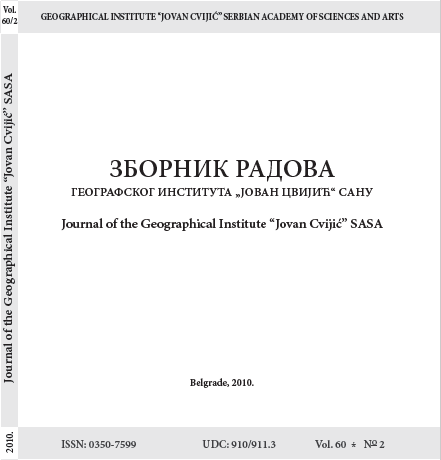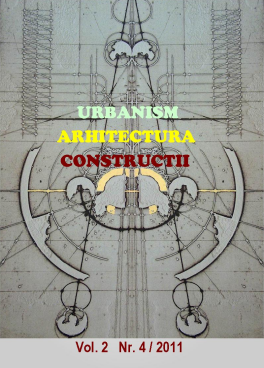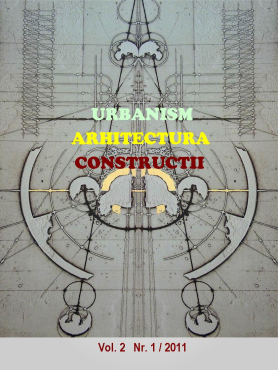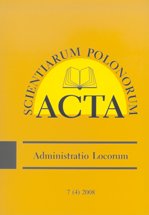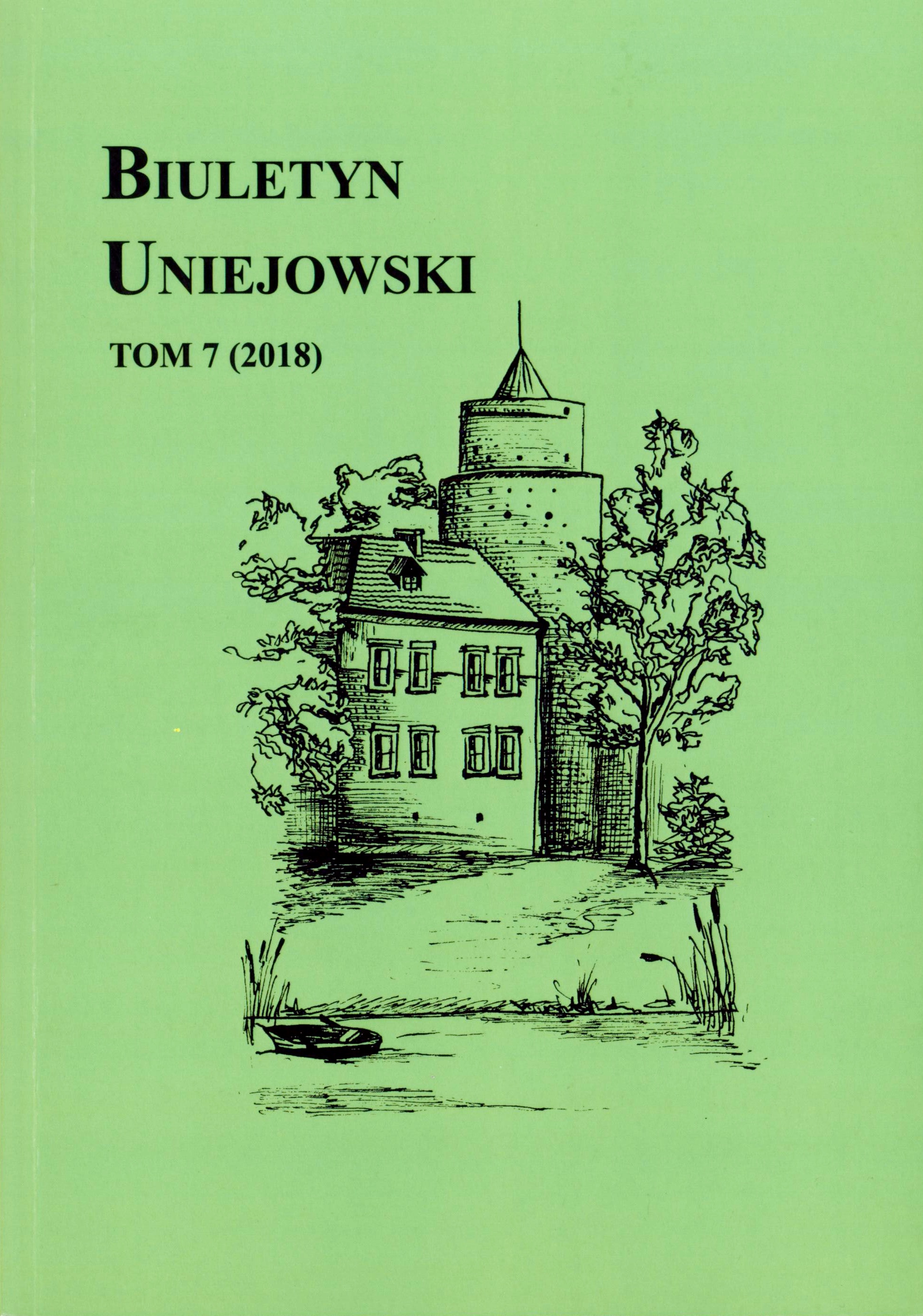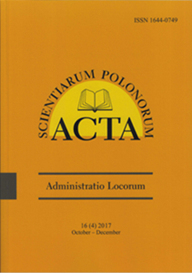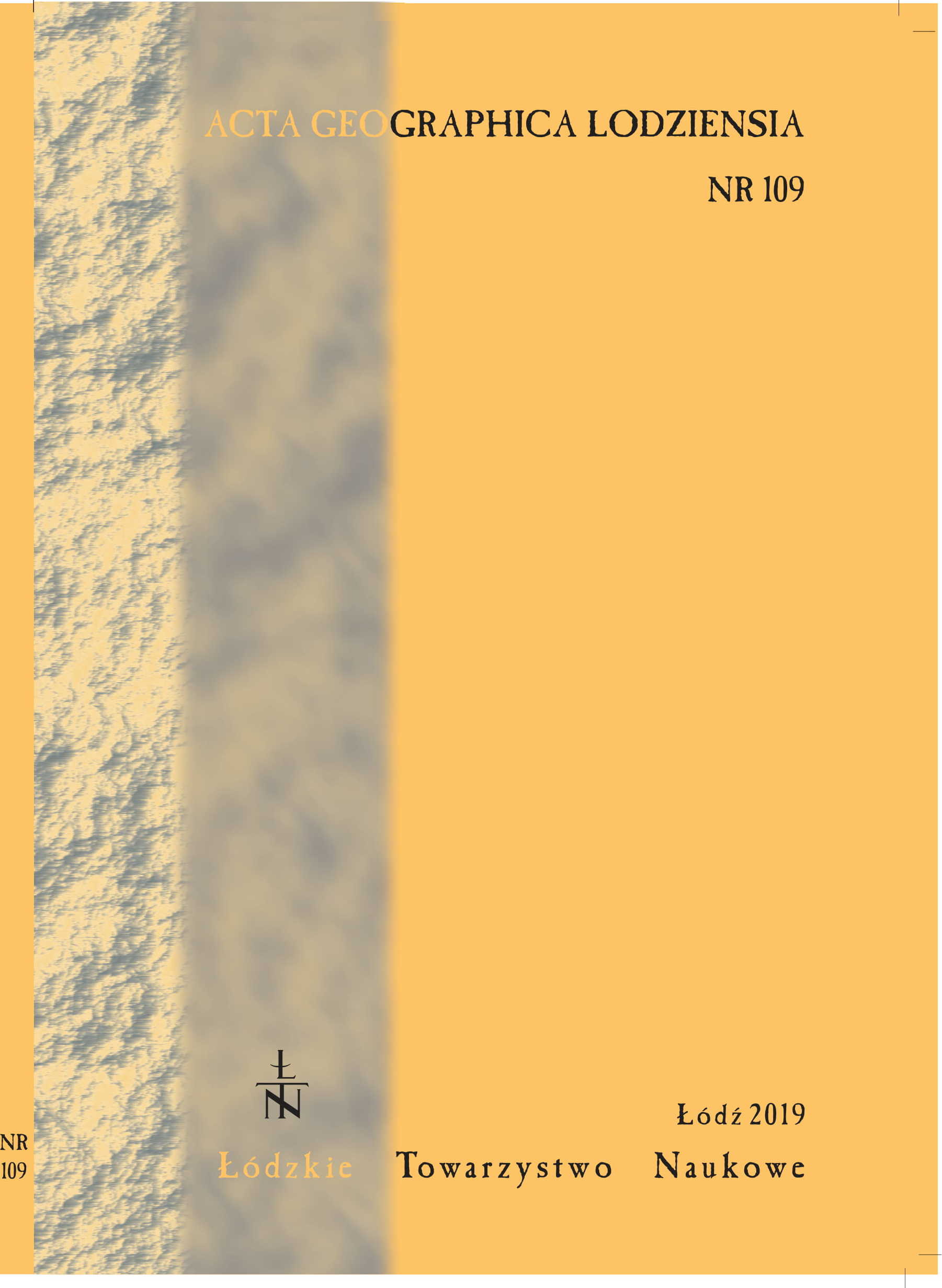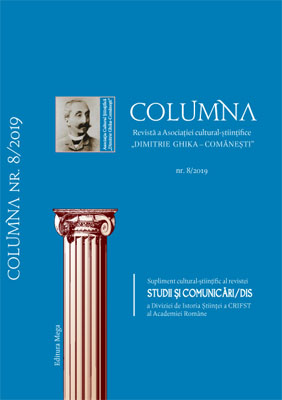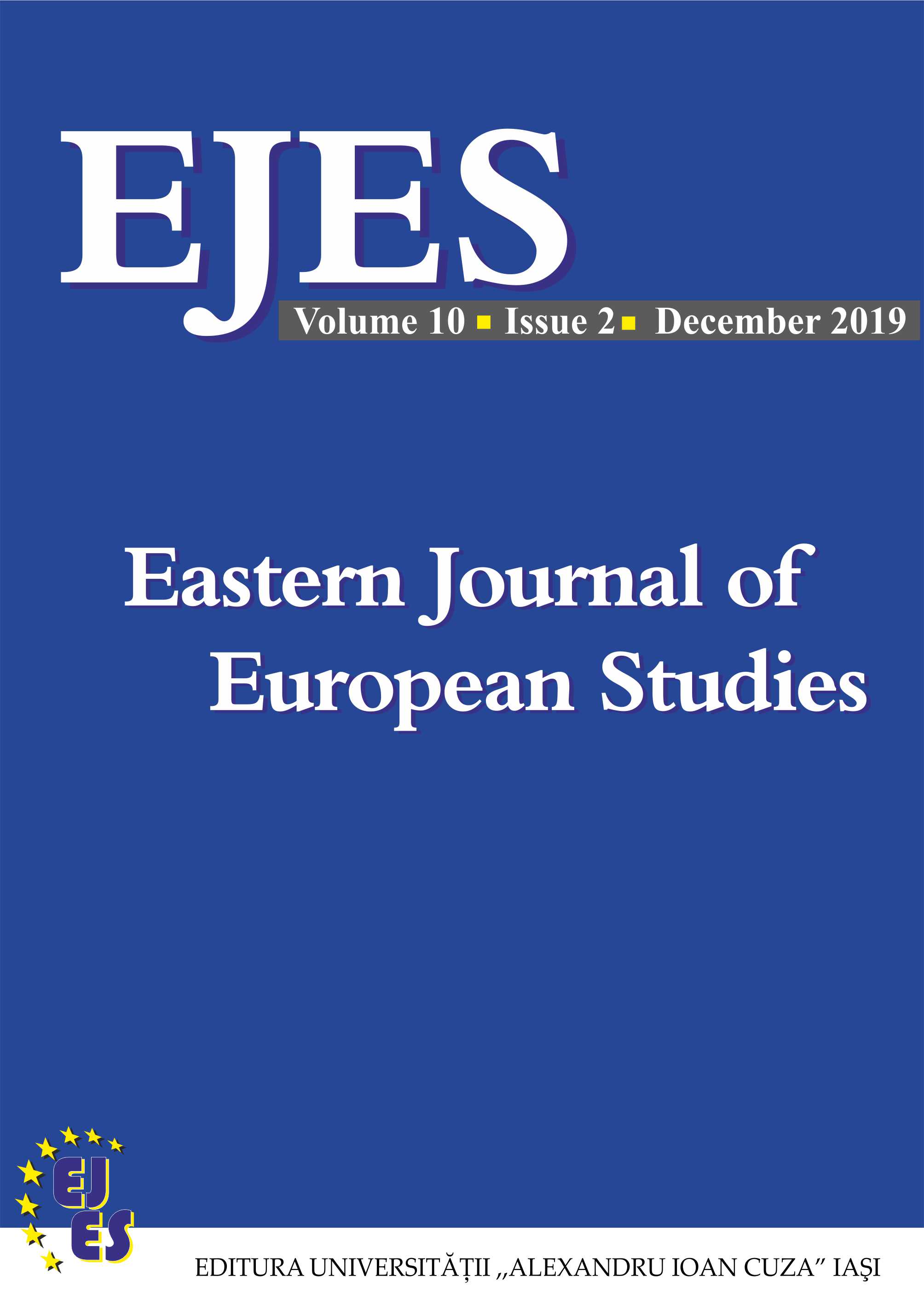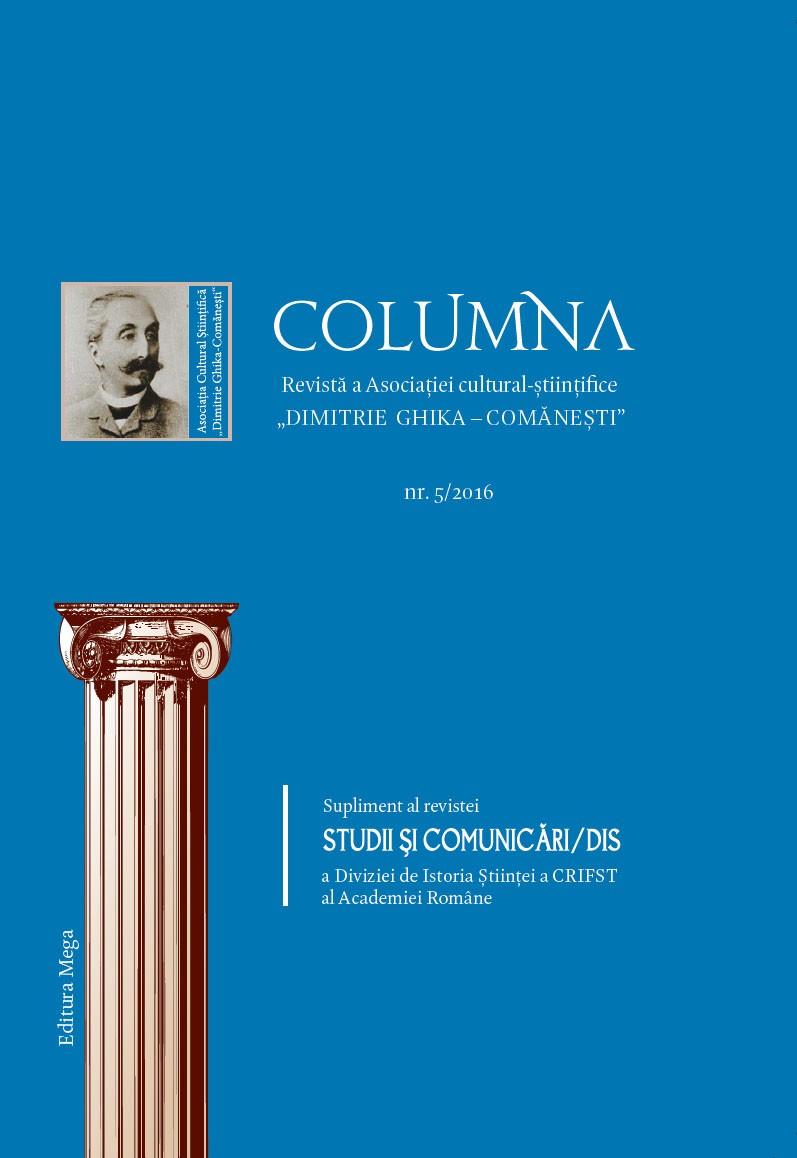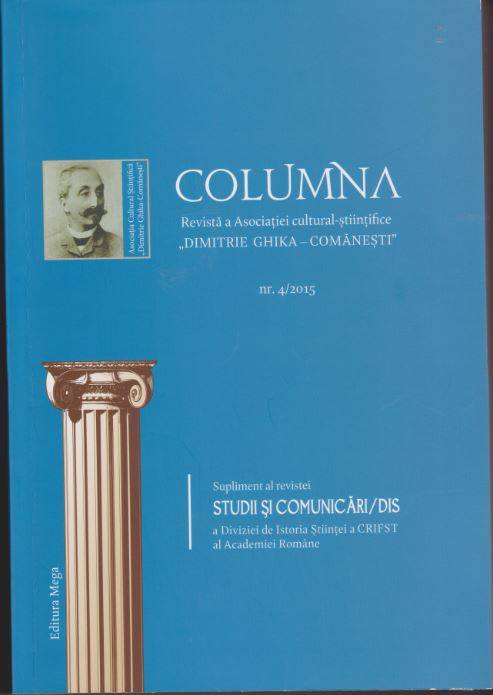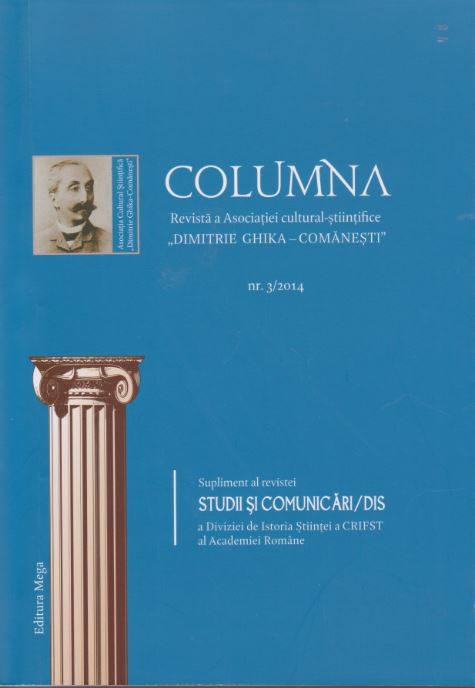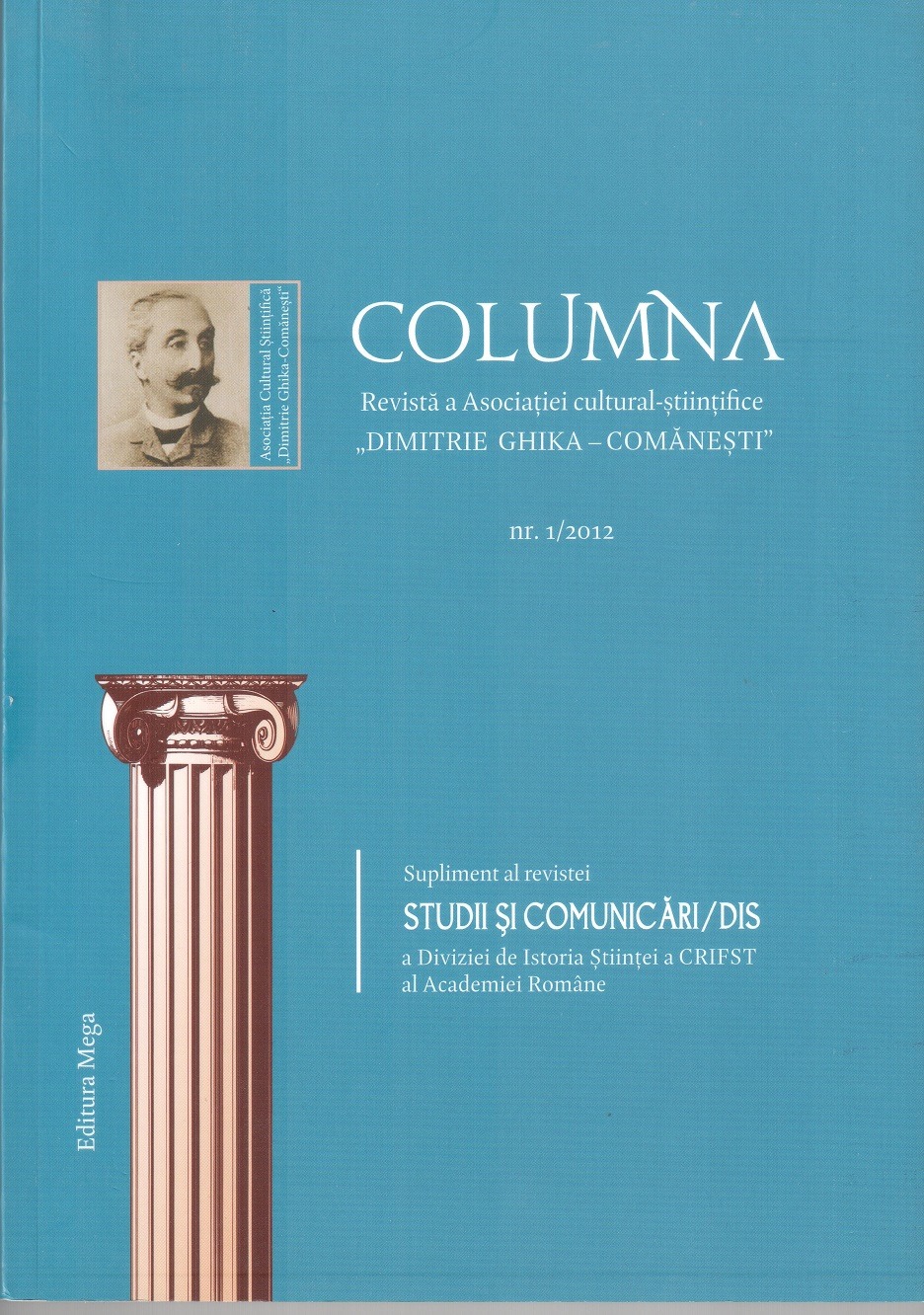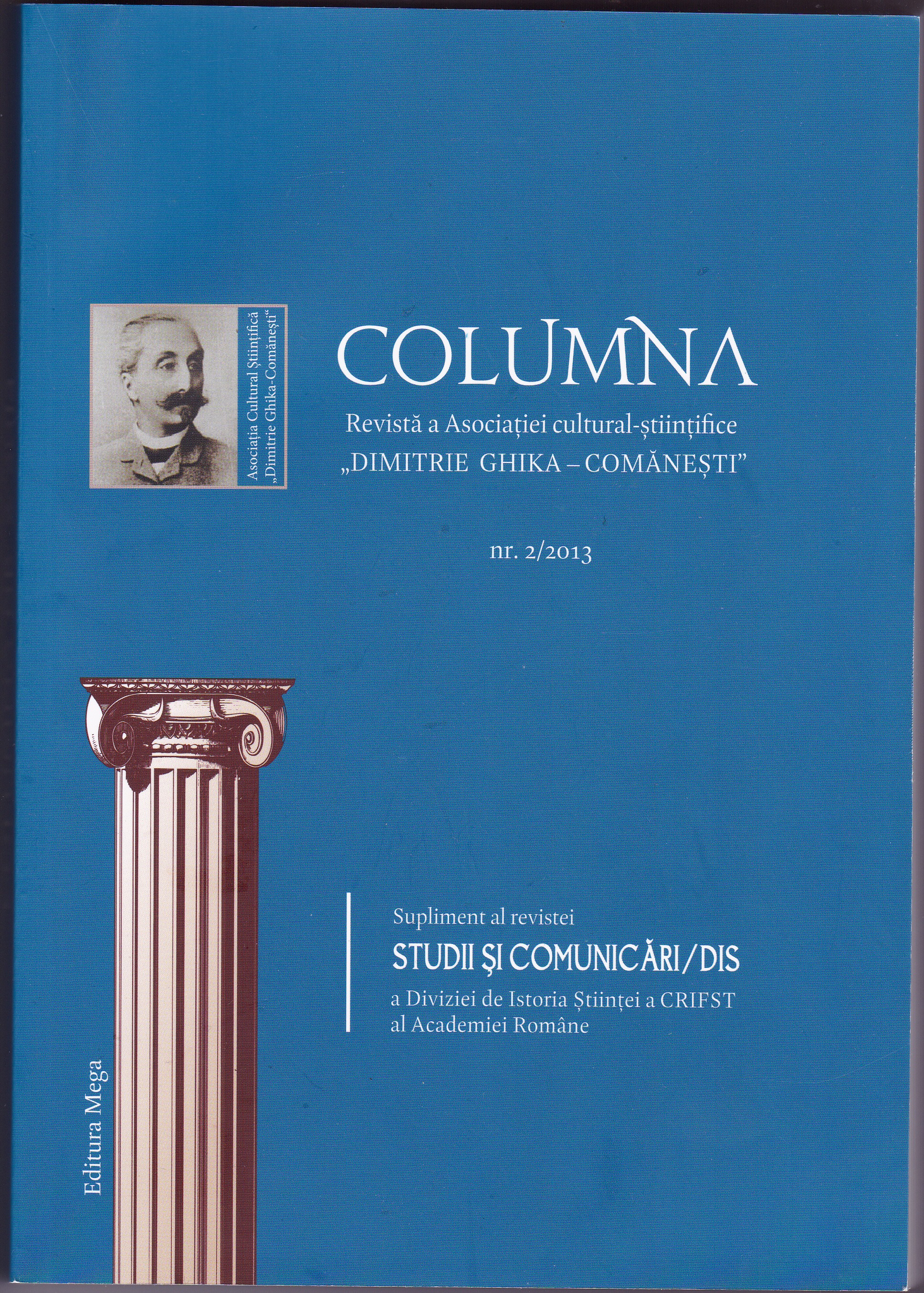Sibiu: A Hidden Paradise in the Southeast of Europe
Paradise was lost long before people knew it had existed; but in Sibiu, paradise still exists and people don’t even know it. This was my reflection when a university professor asked us, the students, why we Romanians deserve to become EU citizens and, hence, how would we be able to contribute to the EU’s multicultural world. I thought immediately of my hometown, Sibiu, which next year will be honored as the European Cultural Capital of the year, in partnership with Luxembourg. Sibiu is a medieval city and like the best books, it constantly preserves its mystery within itself. Have you ever happened to read the same book over and over again, but each time to experience new feelings and to discover new aspects? Sibiu is rich in this way, always rewarding visitors with something different and previously unknown, each time they come.
More...
